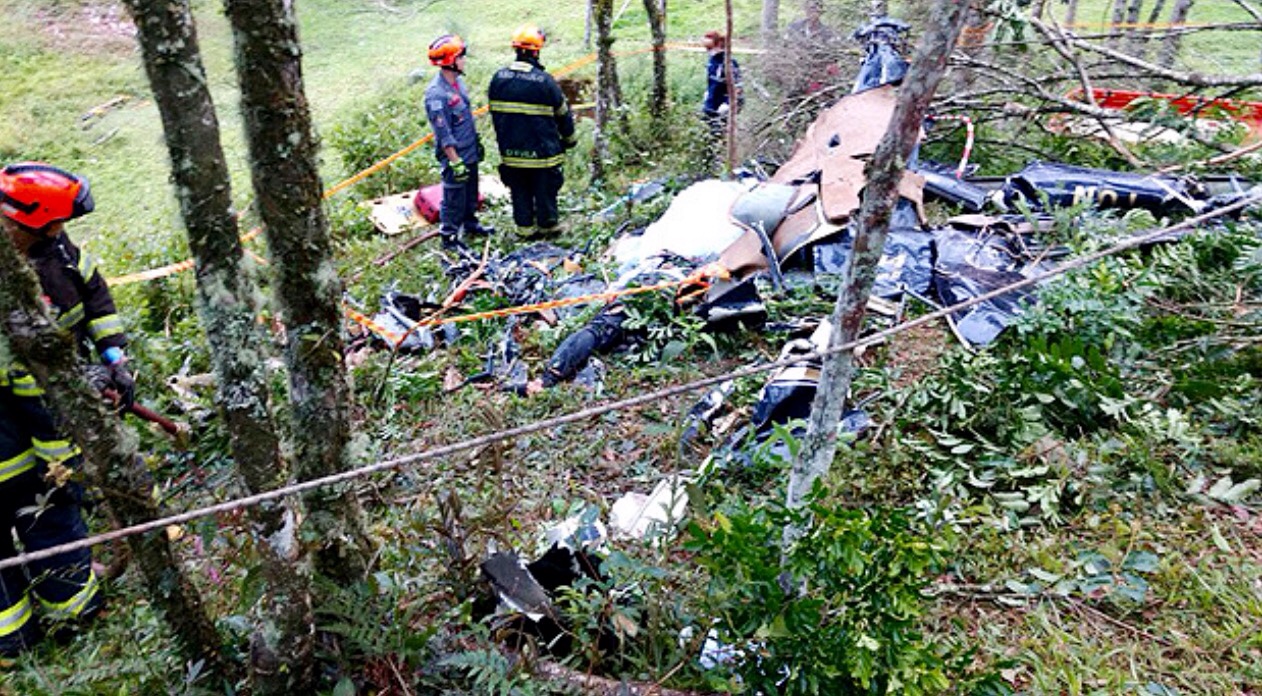You are correct on the high publicity on medevac accidents, fixed or rotary.
5 or 6 years ago there was a not very well written article claiming how dangerous medevac flights are because accidents doubled in a year. The first year there was 2 accidents, the next year there was 4.

Here in the southwest when there is a medevac helicopter crash it is usually night VMC into IFR type accident, with out NVG, into an area with rapidly rising terrain.
I haven't paid much attention to rotor medevacs lately. It is good to hear they are getting updated. So many of the rotor accidents were very preventable.
Ok, stupid question time: are any helicopters pressurized?

